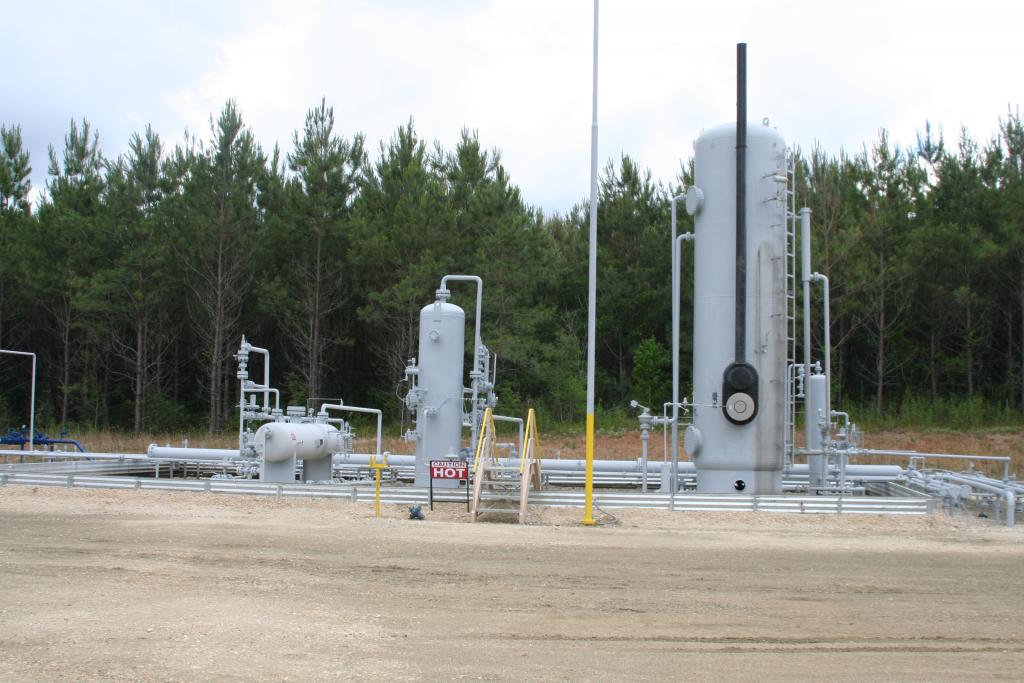
Beginner investors who are on the lookout for oil and gas investment companies and opportunities may be overwhelmed by all the unique jargon used in oil and gas operations. This article will consider the oil exploration process, particularly what is involved in the upstream sector.
Oil and gas exploration is a vital element of the upstream segment. The upstream sector is all about wells – its exploration and how to locate them, how far and how deep to drill them, how to build, and operate, as well as manage them to deliver the best return on investment with the smallest, safest, and lightest operational footprint.
The upstream sector involves all the necessary steps involved from exploration to extraction. The upstream oil sector is also typically referred to as the Exploration & Production sector, a more fitting term for what happens in this stage of development of a natural gas or oil asset. The upstream or E&P segment is the starting point of the oil and gas production process, and E&P firms are mainly focused on locating, drilling, and extracting this valuable commodity from underground.
The process of oil exploration entails cutting-edge techniques, and today, the technology available for the exploration of petroleum is swiftly advancing.
Generally, exploration begins in an area that has a huge potential to hold hydrocarbons – the main components of natural gas and petroleum. In a high-potential area, usually found through known nearby petroleum deposits, the geochemical and geophysical analysis is conducted using techniques like electrical currents, induced polarization surveys, assaying, drilling, and so on.
Exploration
In this phase, land surveys are conducted to help pinpoint the most promising areas. The main aim is to identify particular underground materials so as to get an approximation of the oil and gas reserves before performing drilling. This process can involve seismology, which involves sending substantial waves underground. How these waves interact with a reservoir can help identify the location. This technique allows for interpretation of what is beneath the ground without needing to drill. Test drilling can start as soon as oil reserves are identified.
contact dw energy
Want to learn more about oil & gas investing? Our expert team can provide you with more information or schedule a consultation to talk about diversifying your investment portfolio.

Drilling
Test drilling is a vital element of the exploration phase. The goal in the upstream sector is to find and estimate the potential of a particular resource. Since there is always uncertainty in the geophysical and geological results, exploratory wells are drilled once an area shows promise, exploratory wells are drilled. If it proves to be unsuccessful, the next step is to build wells and extract the resource.
Production
The production phase of the upstream segment involves maximizing petroleum recovery from reservoirs. Activities include recovering oil and gas efficiently in a producing field using primary, secondary, or enhanced or improved oil recovery methods. The production phase also involves plug and abandonment, which marks the end of a well’s productive life – a time when the well can no longer produce economic qualities of the resource. This can happen anywhere from a few years to six decades after the well is drilled.
Take the Next Step
Participating in direct domestic oil and gas exploration and production can be very rewarding for qualified investors looking to invest outside the mainstream. As many accredited and qualified investors actively seek viable investment opportunities in the oil and gas sector, DW Energy’s unparalleled dedication to communication and investor-friendly approach sets us apart from other oil and gas investment companies.
Since 2008, DW has provided industry-leading oil and gas investment opportunities to qualified investors. DW is an expert at finding, developing, and managing the most lucrative domestic oil and gas investment opportunities for qualified and approved investors. If you are a qualified investor looking to diversify your investments with a vehicle that has a strong possibility of achieving high rates of return, get in touch.
Contact dw energy
Sources:
“Hydrocarbon Exploration,” Science Direct, https://www.sciencedirect.com/topics/earth-and-planetary-sciences/hydrocarbon-exploration
“Bob Hardage: Using seismic technologies in oil and gas exploration,” EarthSky, https://earthsky.org/earth/bob-hardage-using-seismic-technologies-in-oil-and-gas-exploration/
“How Oil Drilling Works,” HowStuffWorks, https://science.howstuffworks.com/environmental/energy/oil-drilling6.htm
“Upstream, Midstream, and Downstream Explained,” Blackridge Research & Consulting, https://www.blackridgeresearch.com/blog/what-is-upstream-midstream-downstream-oil-and-gas-industry-sector
“The Phases Of The Oil And Gas Industry,” LinkedIn Pulse, https://www.linkedin.com/pulse/phases-oil-gas-industry-al-noor
“Upstream, Midstream and Downstream – Understanding the Three Petroleum Markets,” Petro Online, https://www.petro-online.com/news/fuel-for-thought/13/breaking-news/upstream-midstream-and-downstream-ndash-understanding-the-three-petroleum-markets/32165
